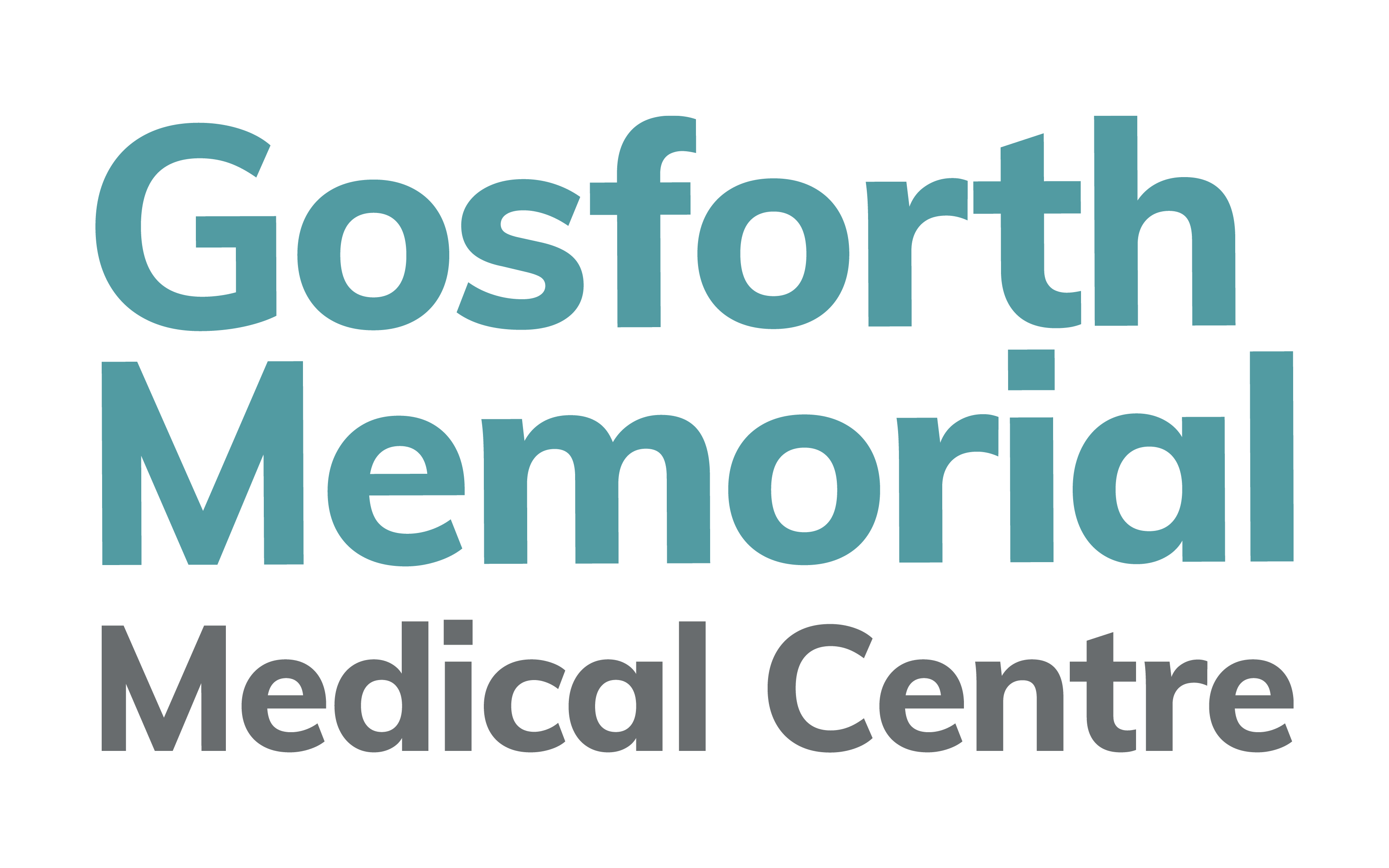Diabetes
Diabetes is a life-long condition that causes your blood sugar level to become too high.
The health complications from having diabetes can be significant such as kidney failure, heart attacks or strokes. You are twice as likely to need to be admitted to hospital, and on average 1 in 6 hospital beds are occupied by people with diabetes.
Early diagnosis is vital to managing diabetes, as complications can occur years before people discover they have the condition.
According to Diabetes UK, nearly 5 million of us in the UK have diabetes, and more people than ever are at risk of developing type 2 diabetes.
What is it?
After you eat, carbohydrates break down into glucose, a type of sugar your body stores for energy. For that energy to be released into your cells, insulin is needed to regulate the blood sugar levels.
For people with diabetes, this process doesn’t work effectively as there isn’t enough insulin in their system to move the glucose around. Blood sugar levels continue to rise after eating, often leading to fatigue, thirst and other symptoms.
Types
There are two main types of diabetes, known simply as type 1 and type 2. While the condition is similar, it has different causes in each type.
With type 1 diabetes, the body is unable to produce insulin. This stems from the immune system mistaking healthy cells for invading ones. To protect itself, the immune system attacks and destroys the cells in your pancreas that produce insulin.
People with type 2 diabetes are able to produce insulin, but their body is resistant to it. Because your body can’t use insulin effectively to distribute energy to your cells, the glucose builds up in your bloodstream.
Type 2 diabetes is much more common than type 1. About 90% of people with diabetes have type 2
During pregnancy, some women can develop gestational diabetes, when their bodies can’t produce enough insulin to meet their needs. Gestational diabetes usually goes away after birth but having had it puts you at higher risk of getting it again in future pregnancies or developing type 2 diabetes.
Symptoms
Typical symptoms of both type 1 and type 2 diabetes, if not managed, can include:
- Needing to urinate frequently
- Feeling very thirsty and drinking lots
- Hunger
- Fatigue
- Blurry vision
- Cuts or sores that don’t heal properly
- Unexpected weight loss
- Mood changes or irritability
- Tingling or numbness in hands and feet
Symptoms of type 1 diabetes tend to develop much quicker – over the space of weeks rather than years, as with type 2.
Risk factors
A range of factors can make it more likely you will develop type 2 diabetes, some you can influence, others you can’t.
An inactive lifestyle and an unhealthy diet can be a big factor, along with drinking alcohol and smoking. Carrying extra weight, especially around your middle, is also a factor. There are preventative measures that you can take that reduce the risk associated with these factors though.
Unfortunately, there are some risk factors that you cannot control, including:
- Family history – you are between 2 and 6 times more likely to get type 2 diabetes if your parent, sibling or child has it.
- Ethnicity – people of South Asian and African-Caribbean or Black African descent are 2 to 4 times more likely to develop type 2 diabetes.
- Risk increases with age. South Asian and African-Caribbean or Black African people over 25 are at higher risk, as are White people over 40.
You can find out your risk of getting type 2 diabetes with Diabetes UK’s Know Your risk tool.
Prevention
Many more people have blood sugar levels above the normal range but not high enough to be diagnosed with diabetes.
This state is sometimes known as pre-diabetes. If your blood sugar level is above the normal range, your risk of developing full-blown diabetes increases.
More than 13 million people in the UK are at risk of getting type 2 diabetes, and the NHS invest considerable resources into prevention.
Making lifestyle changes, such as changing your diet, getting regular exercise and losing weight, can reduce risk by about 50%.
In terms of diet, switching to sugar-free drinks and higher fibre carbohydrates like brown rice and pasta or wholemeal bread are recommended. Other good sources of fibres include fruit and vegetables, pulses like beans, lentils and chickpeas and unsweetened milk and yoghurt.
Cutting down on the amount of red or processed meat also helps. You can get protein from healthier sources like pulses, eggs, fish, chicken and turkey or unsalted nuts.
Getting active and moving more makes a difference. Whether it’s joining a gym, playing a sport, a brisk walk or just making an effort to move more throughout the day, increasing your activity will help reduce your waist size, lower blood pressure and help you sleep better.
Help to make changes
Support is on hand to help people make the lifestyle changes they need to reduce their risk of getting type 2 diabetes.
The NHS’s Better Health app has ideas and resources to get you moving, as does the popular Couch to 5k app.
We also have specialist members of staff in our Primary Care Network who can offer advice, and support you in making the changes you want.
Treatment/Management
If you’re diagnosed with diabetes, you’ll need to eat healthily, take regular exercise and carry out regular blood tests to ensure your blood glucose levels stay balanced.
People diagnosed with type 1 diabetes also require regular insulin injections for the rest of their life.
As type 2 diabetes is a progressive condition, you may eventually require medicine, usually in the form of tablets.
You can read more about treating type 1 and treating type 2 diabetes on the NHS website.
The NHS will invite anyone with diabetes aged 12 or old to have their eyes screened once a year. Read more about diabetic eye screening.
